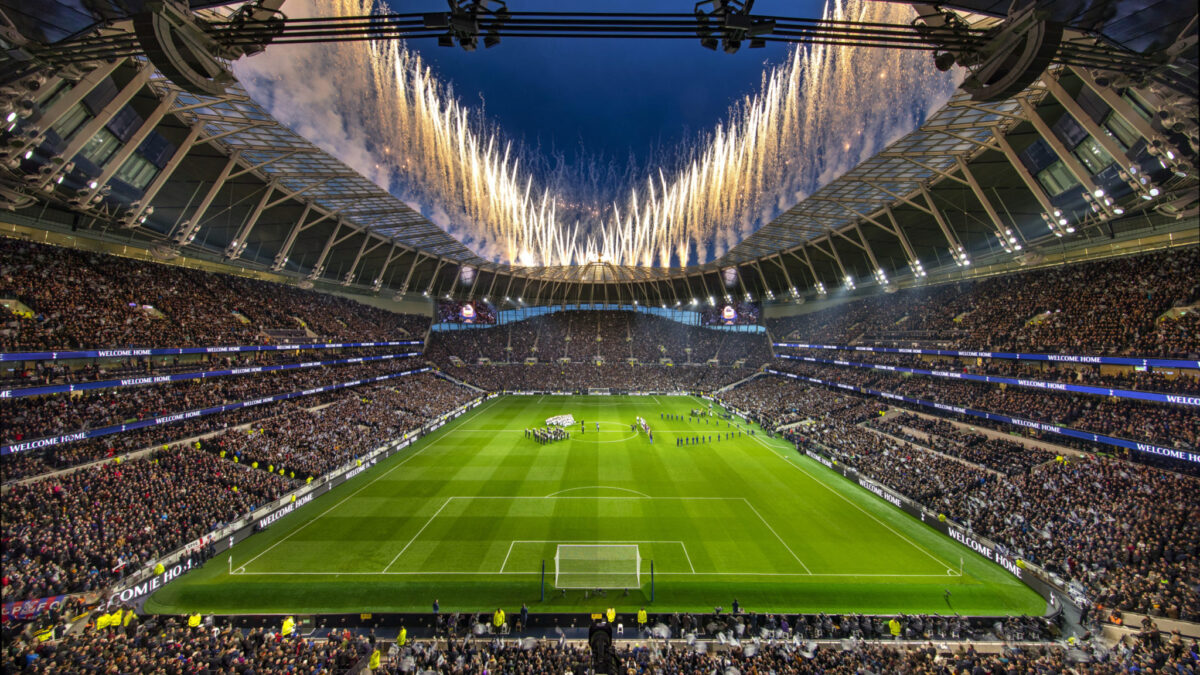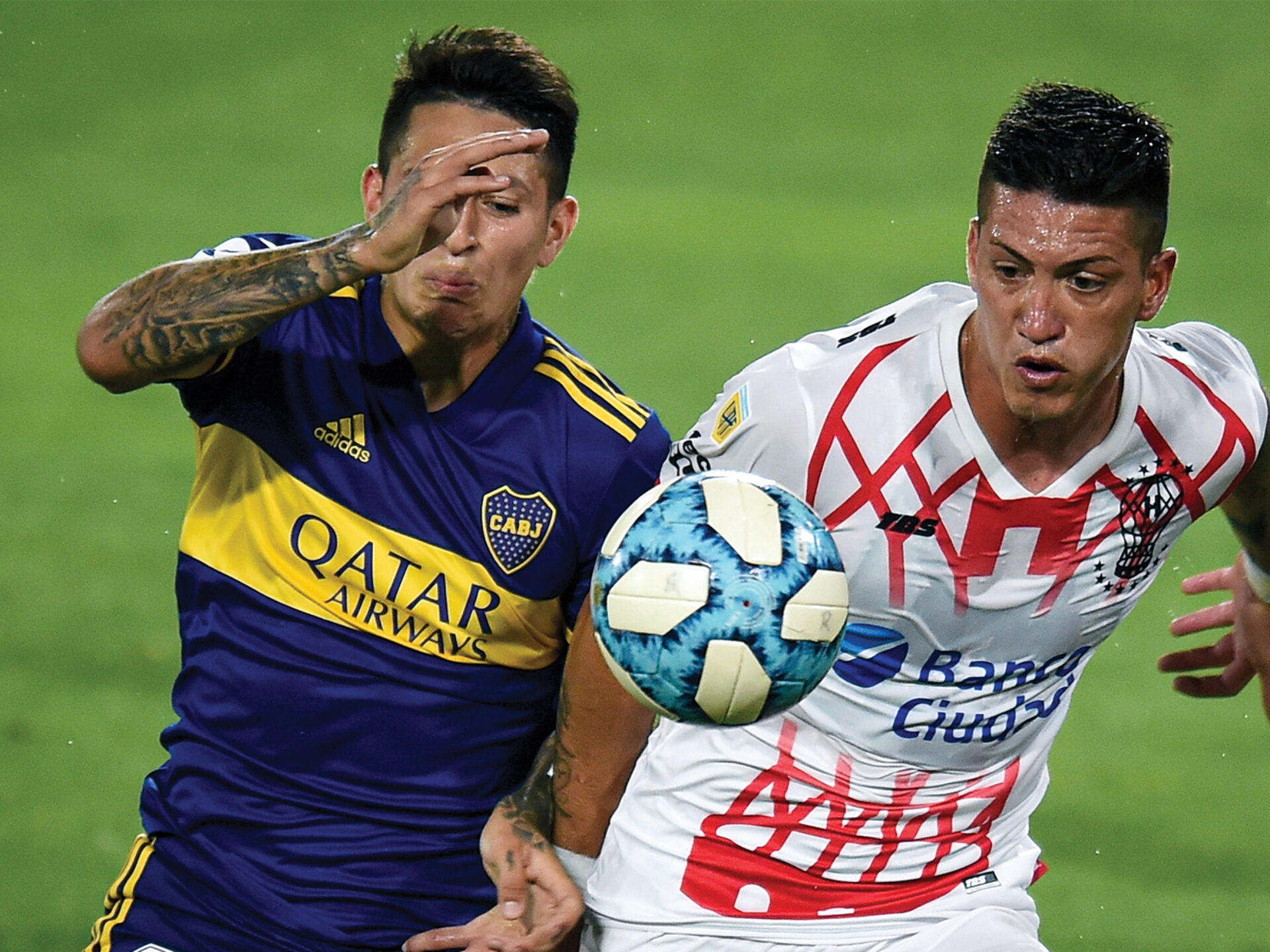Perspectives

May 4, 2022

This article was originally published in Populous Magazine, our biannual publication featuring news and trends from the worlds of sport, entertainment, and major public events. Find out more, and sign up to receive a free copy, here.
Revered by fans and players, soccer club crests are charged with historical and cultural symbolism. Leonard Jägerskiöld, author of World Football Club Crests, celebrates the stories behind these famous badges.
Soccer club crests adorn stadium façades. They are sewn on the chests of players’ and supporters’ shirts. And they appear all over club documents and websites. Like medieval coats of arms, these colourful badges are loaded with historical and cultural references. Nevertheless, we seldom stop to study their details.
Perhaps we should pay more attention, especially as many clubs are now rebranding themselves with new, simplified crest designs. In recent years, the likes of Juventus, Atlético Madrid and Manchester City have adopted new versions. Just this year, we have seen new crests for Inter Milan, Swansea City, AS Monaco and Chicago Fire FC.
But why the changes? Often it’s an urge to give the crests more impact in the digital domain and appeal more to a global fanbase. Sadly, though, simplification risks losing vital information about the history and heritage of the world’s soccer clubs. In this article, you’ll discover the intriguing stories behind some of world’s quirkiest crests.
Lorem ipsum dolor sit amet consectetur, adipisicing elit. Non facere corporis et expedita sit nam amet aut necessitatibus at dolore enim quis impedit eius libero, harum tempore laboriosam dolor cumque.
Lorem, ipsum dolor sit amet consectetur adipisicing elit. Illo temporibus vero veritatis eveniet, placeat dolorem sunt at provident tenetur omnis, dicta exercitationem. Expedita quod aspernatur molestias eum? Totam, incidunt quos.